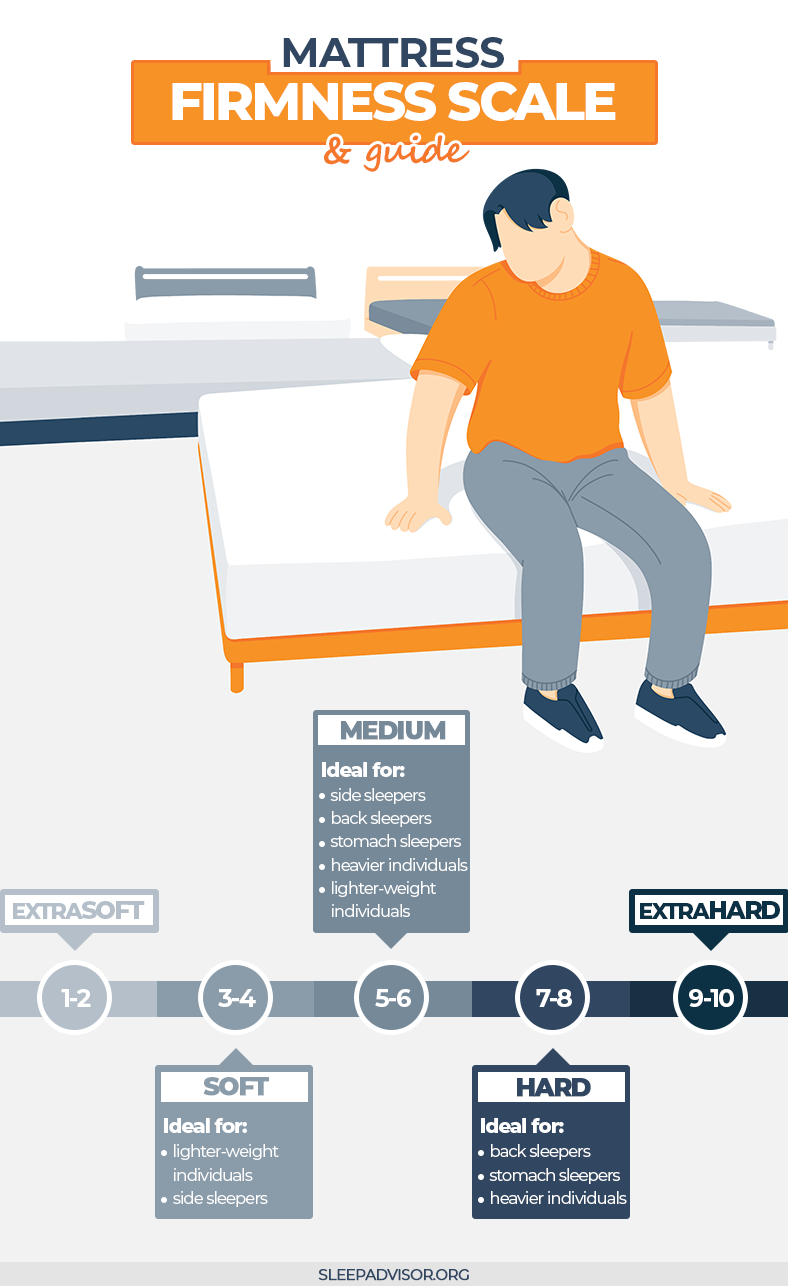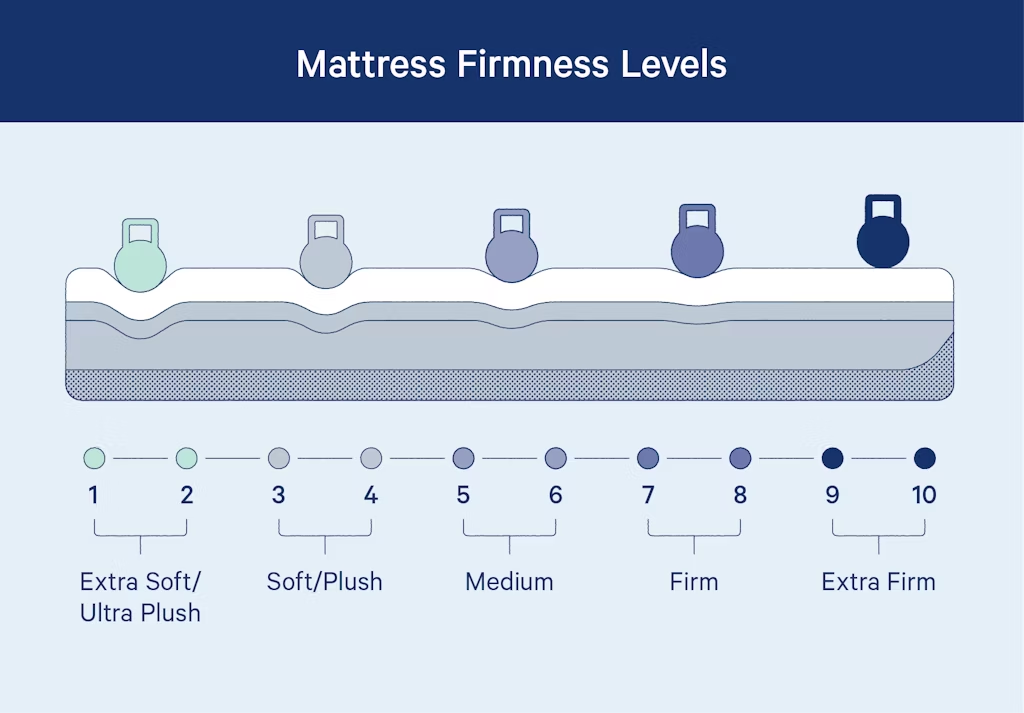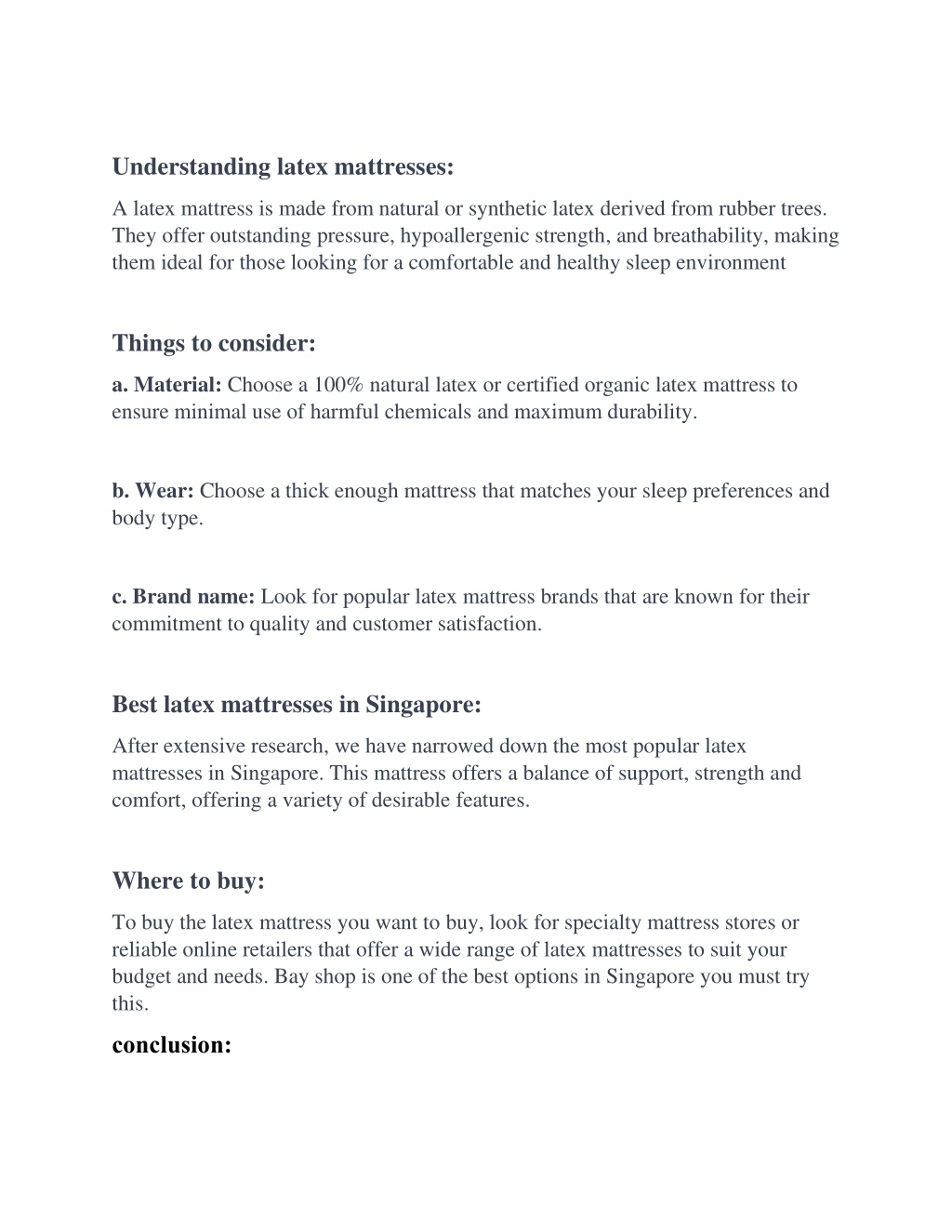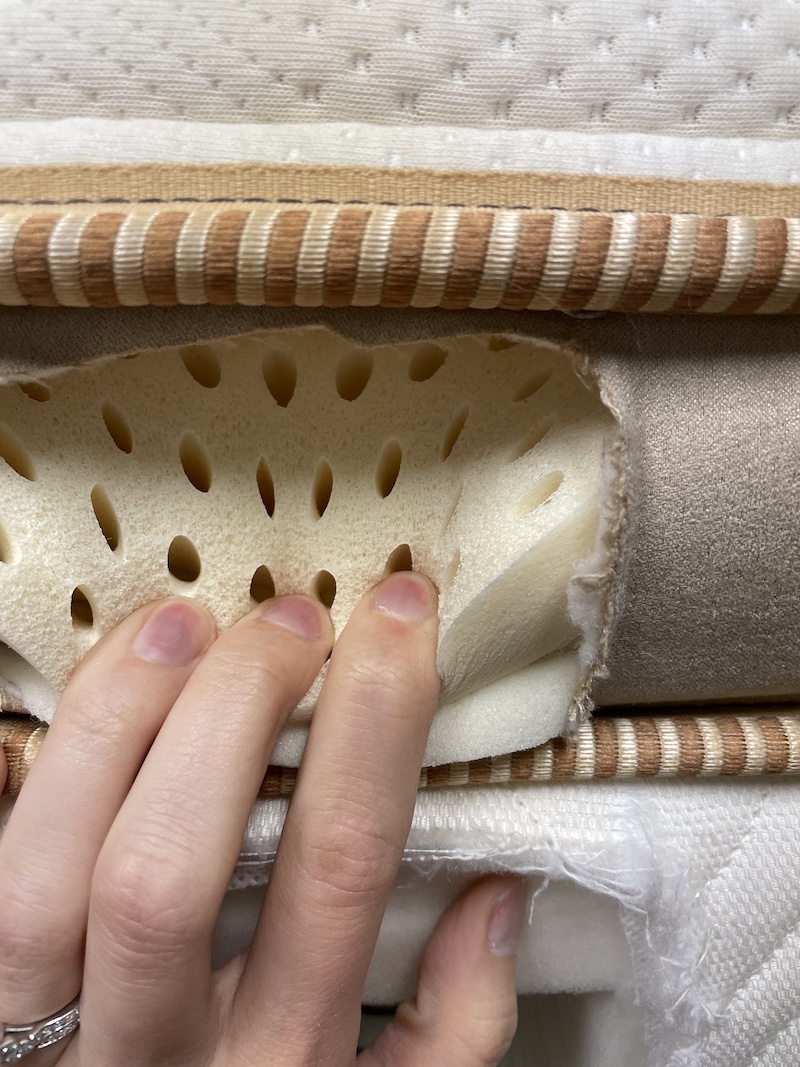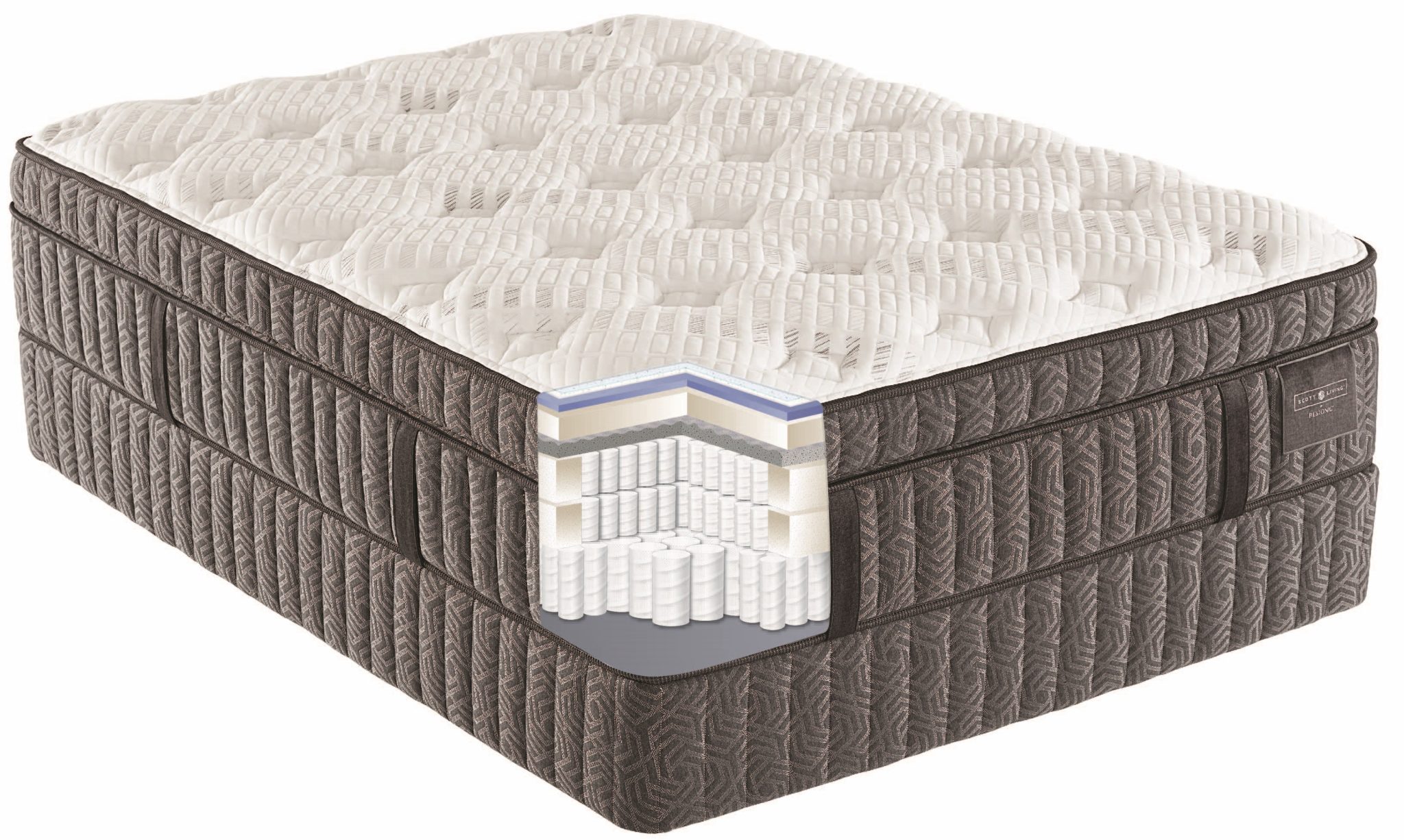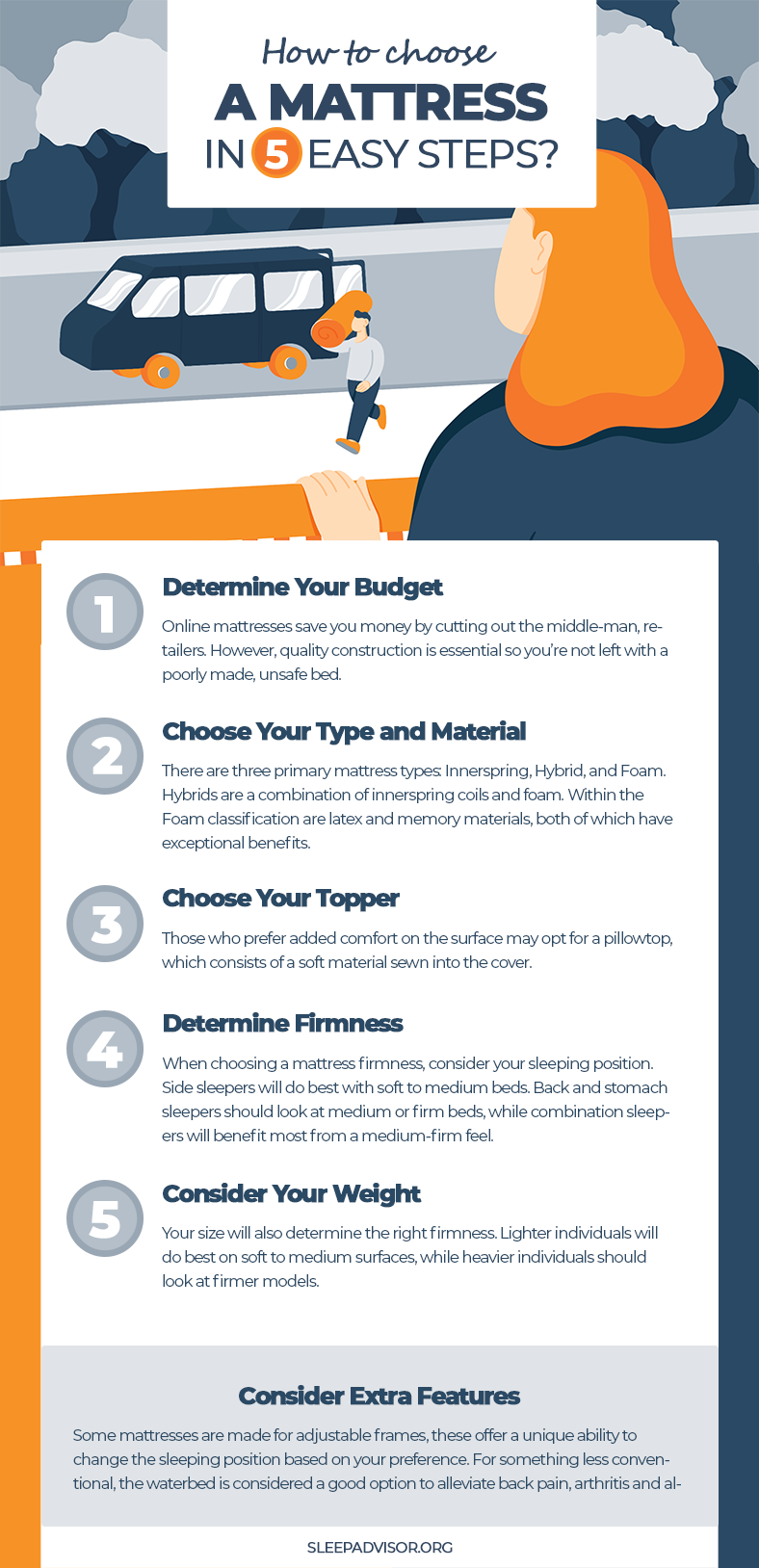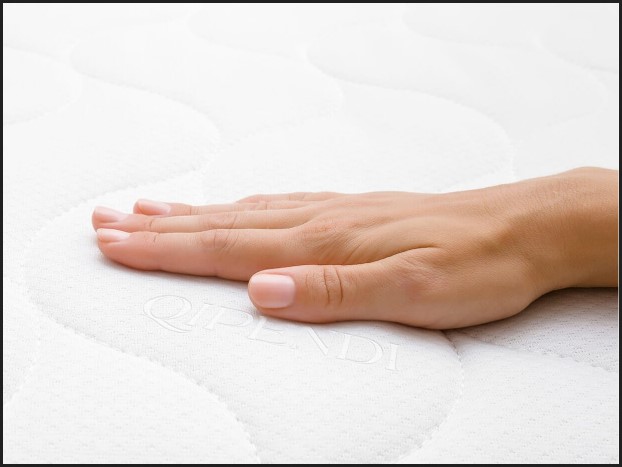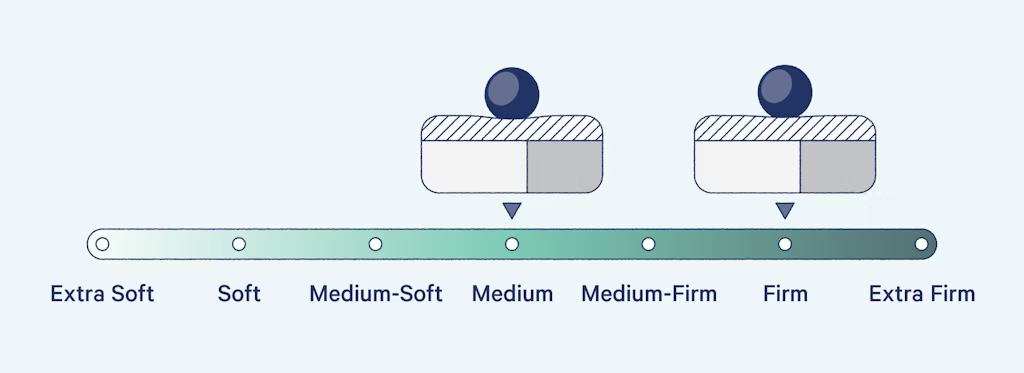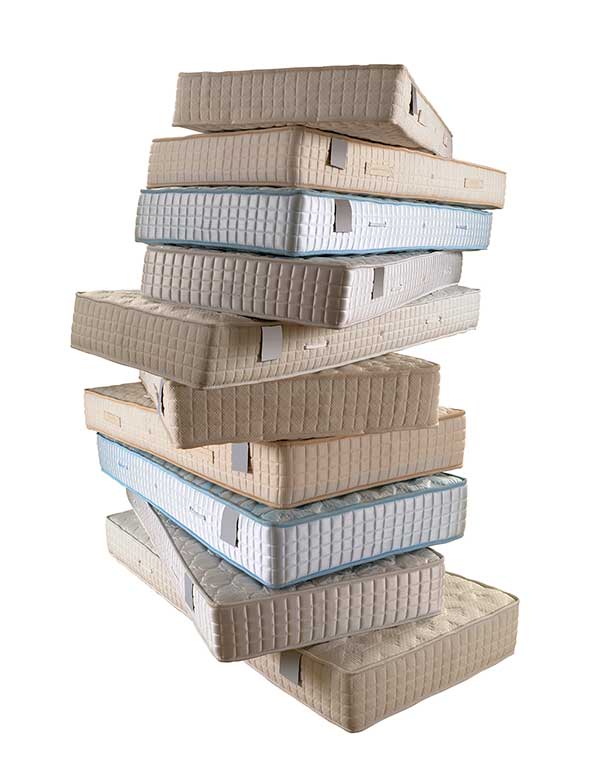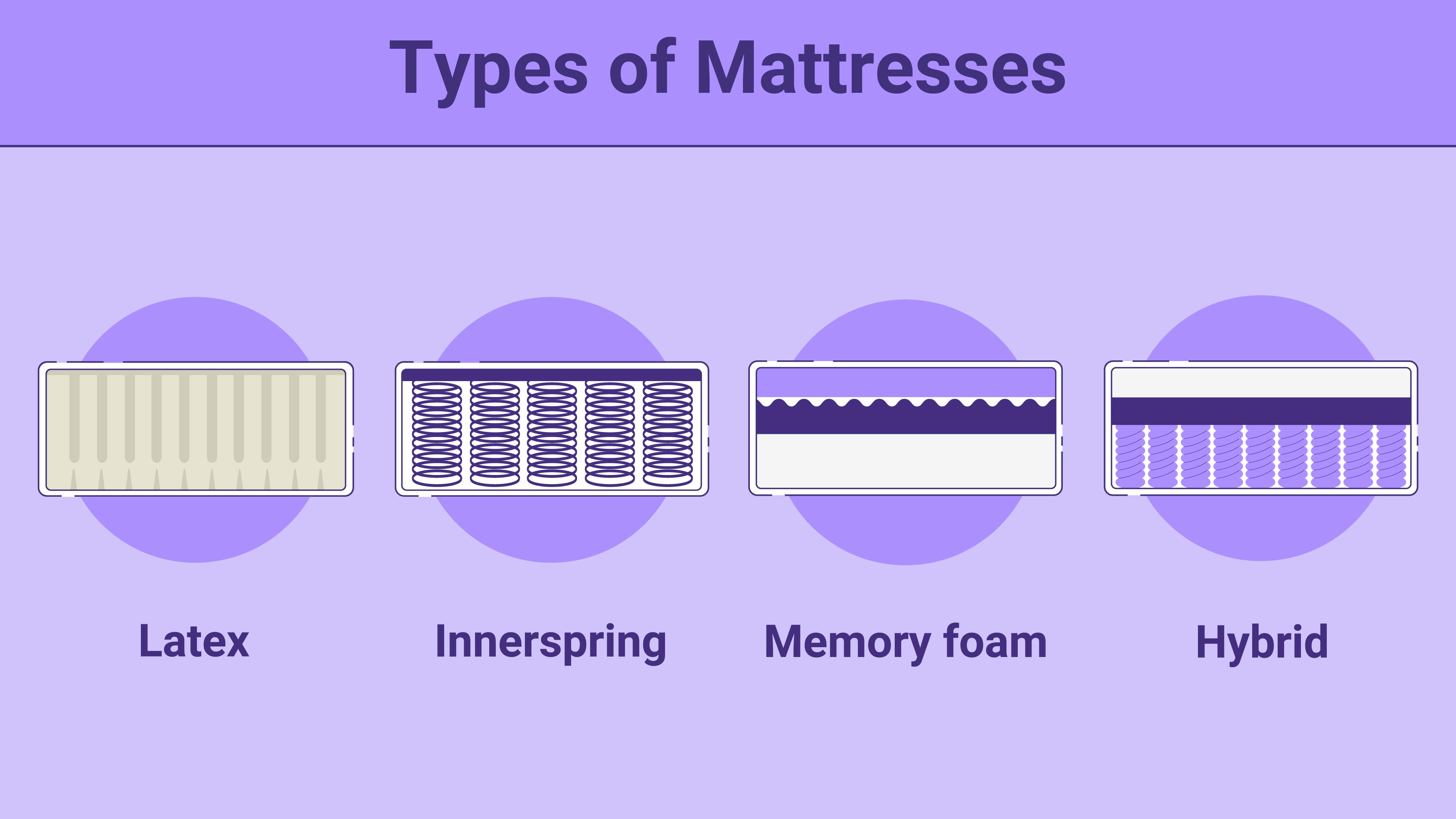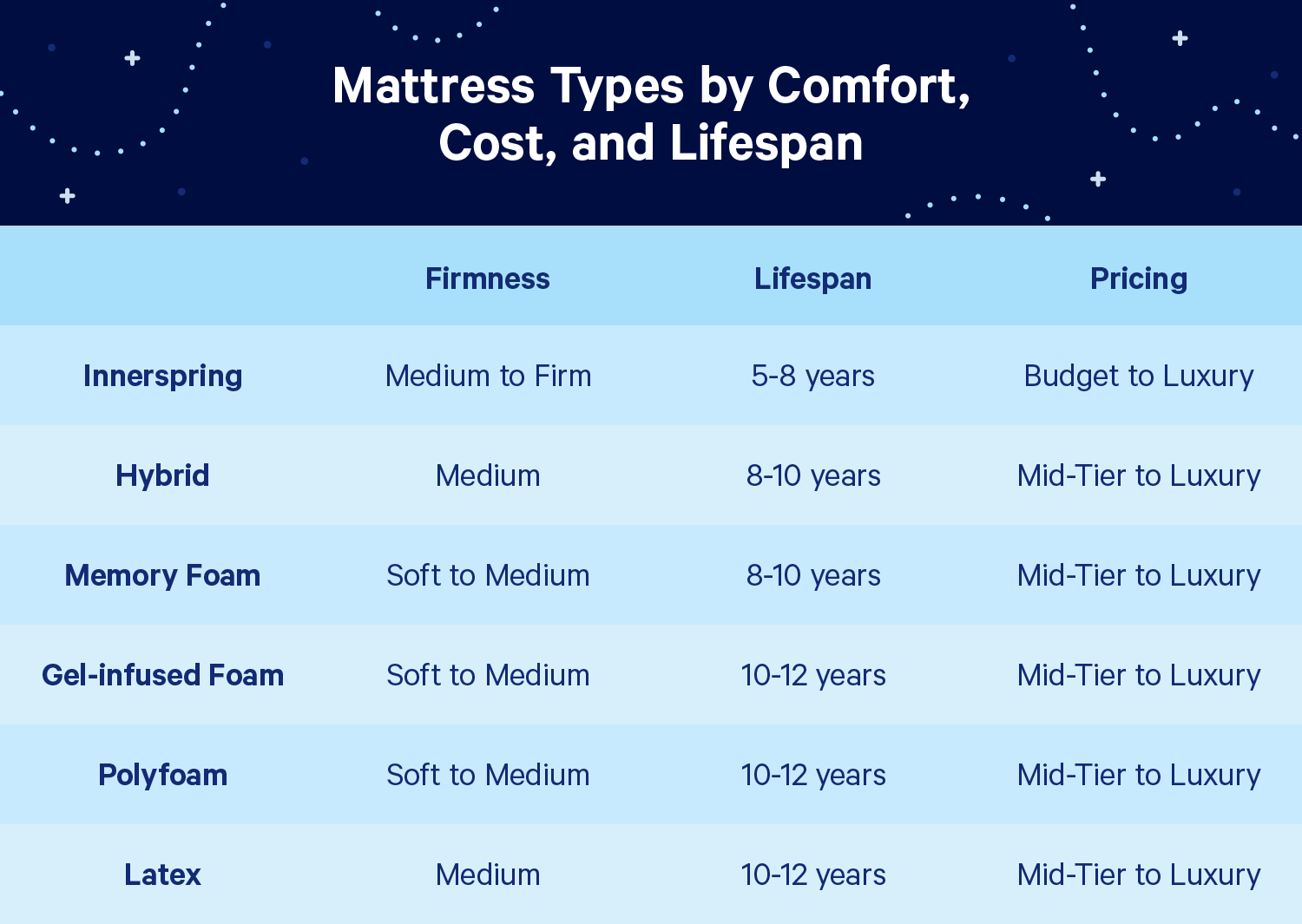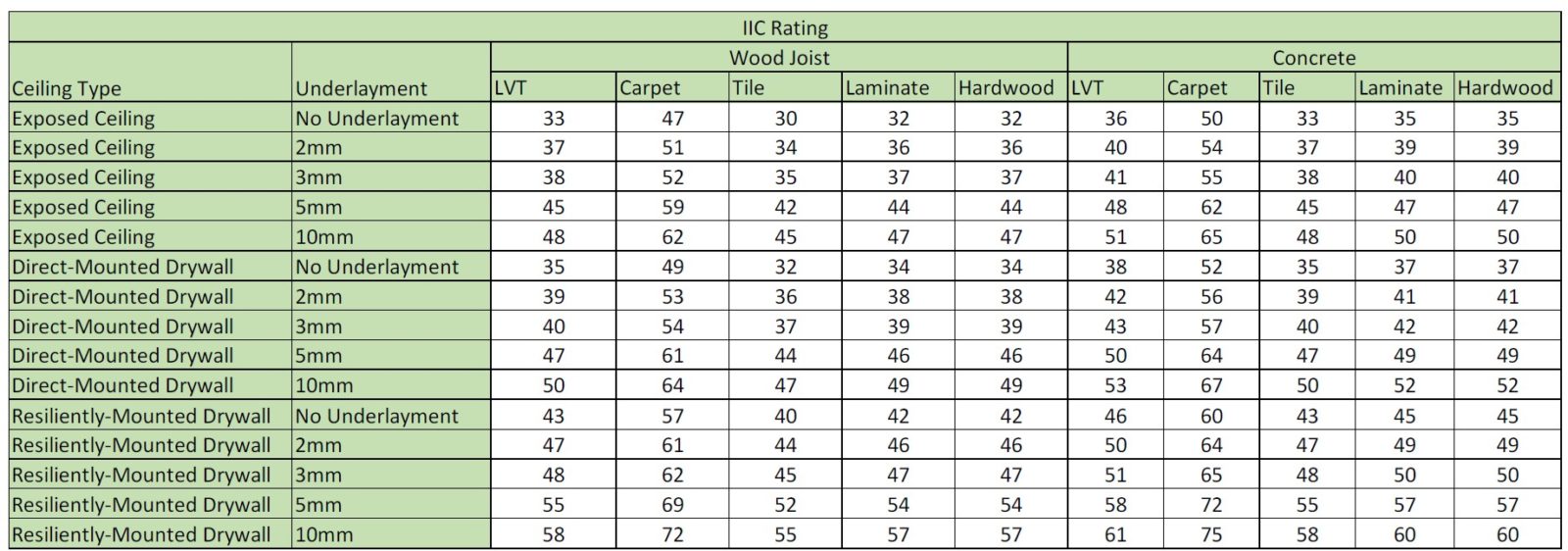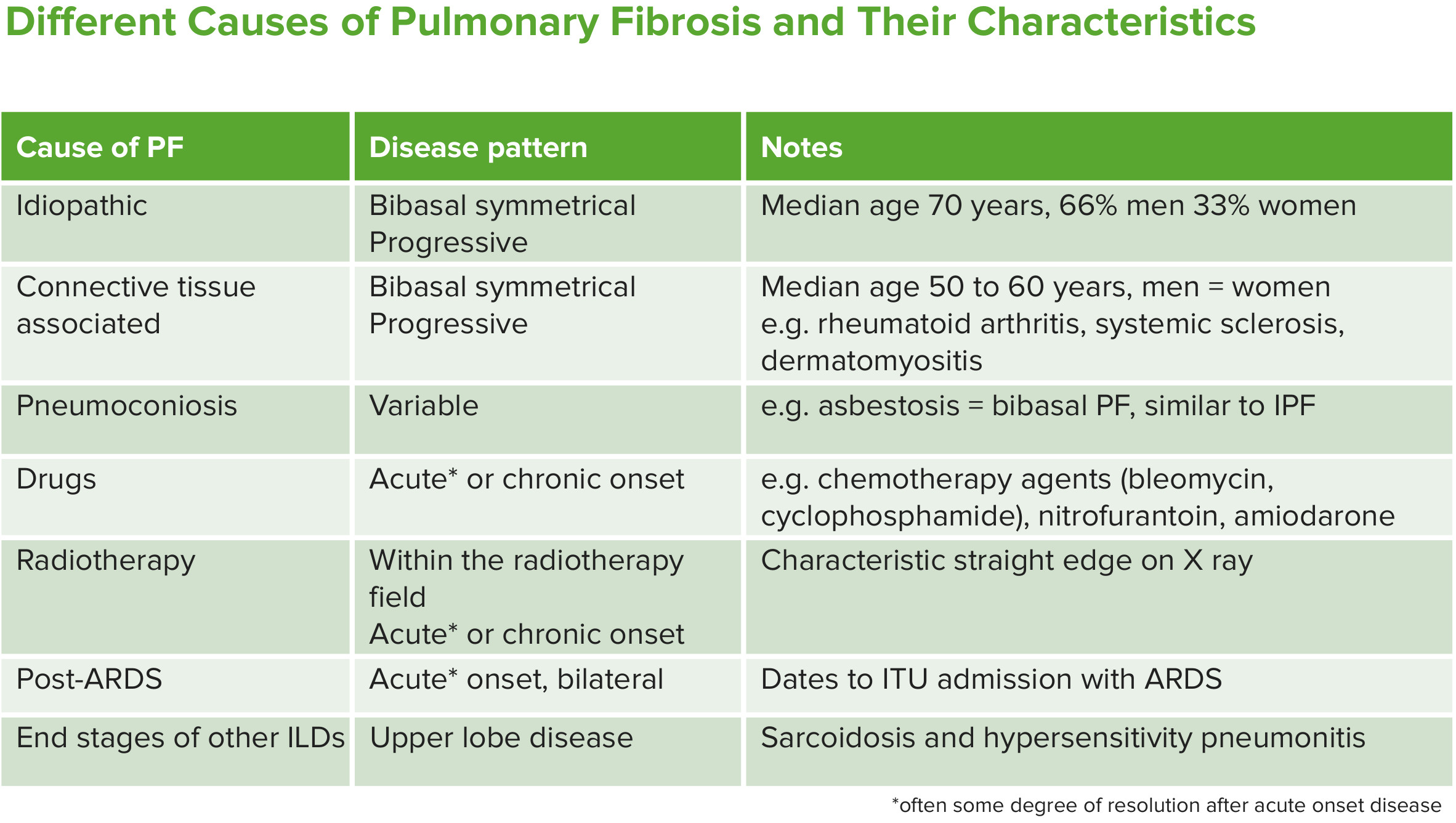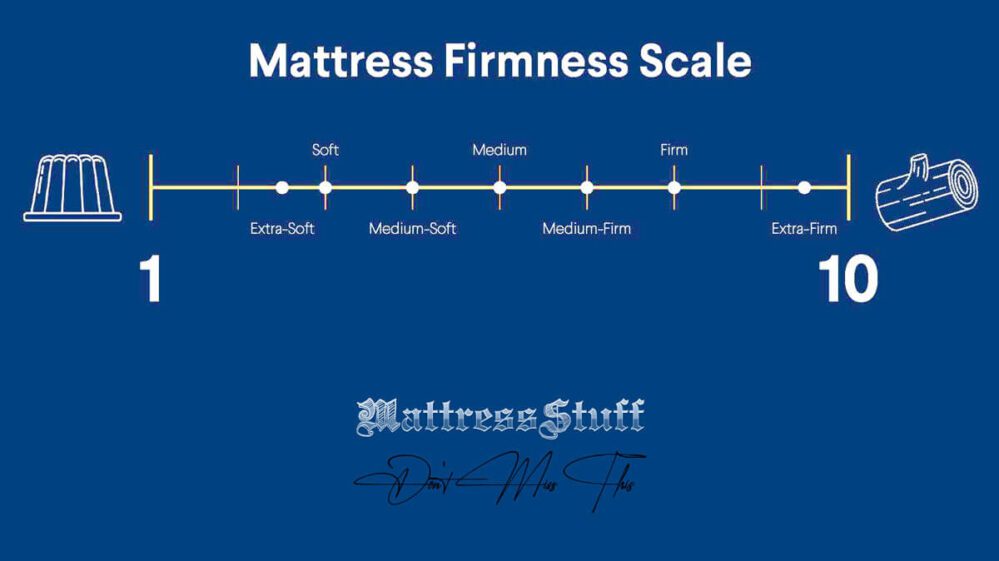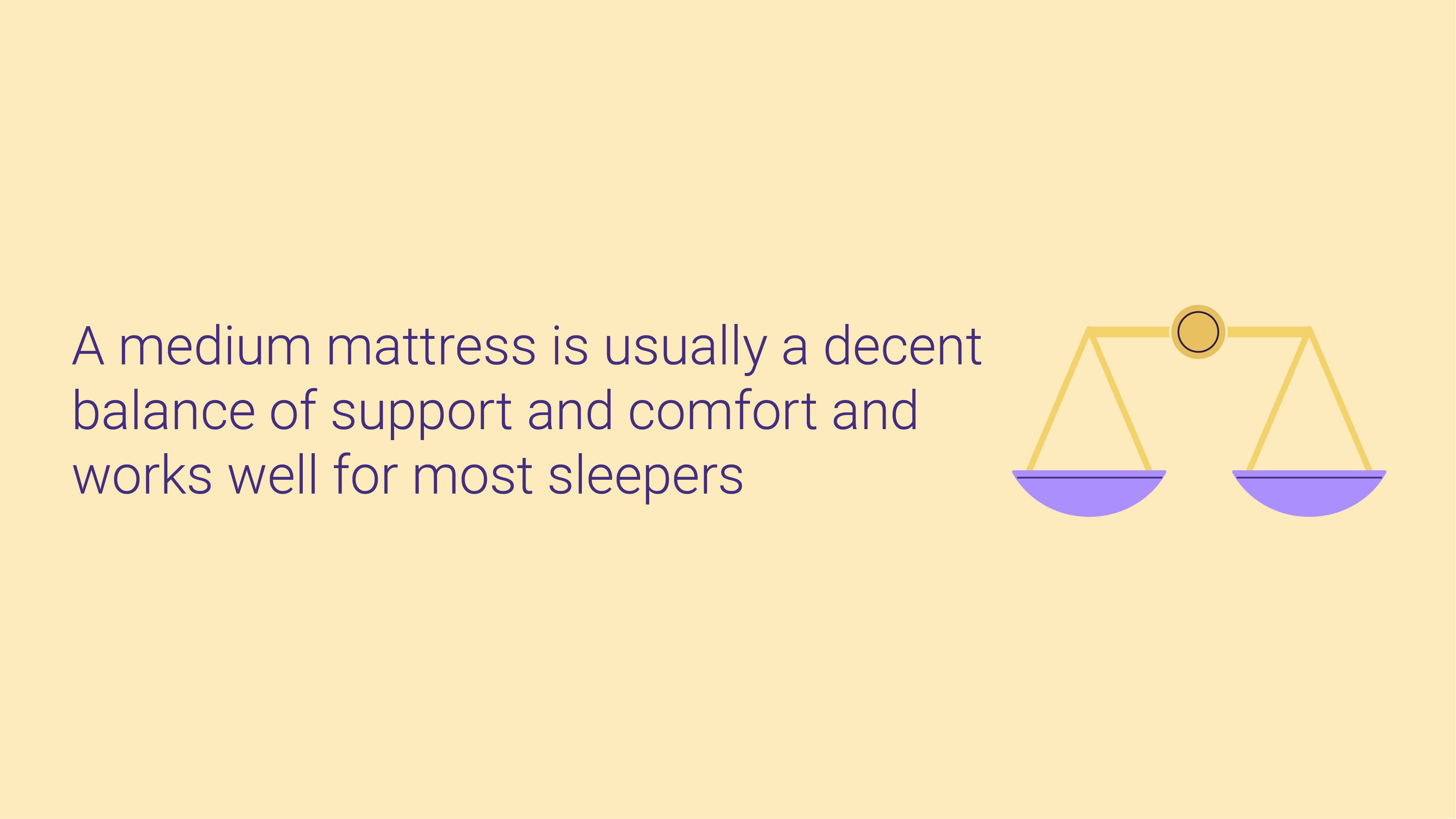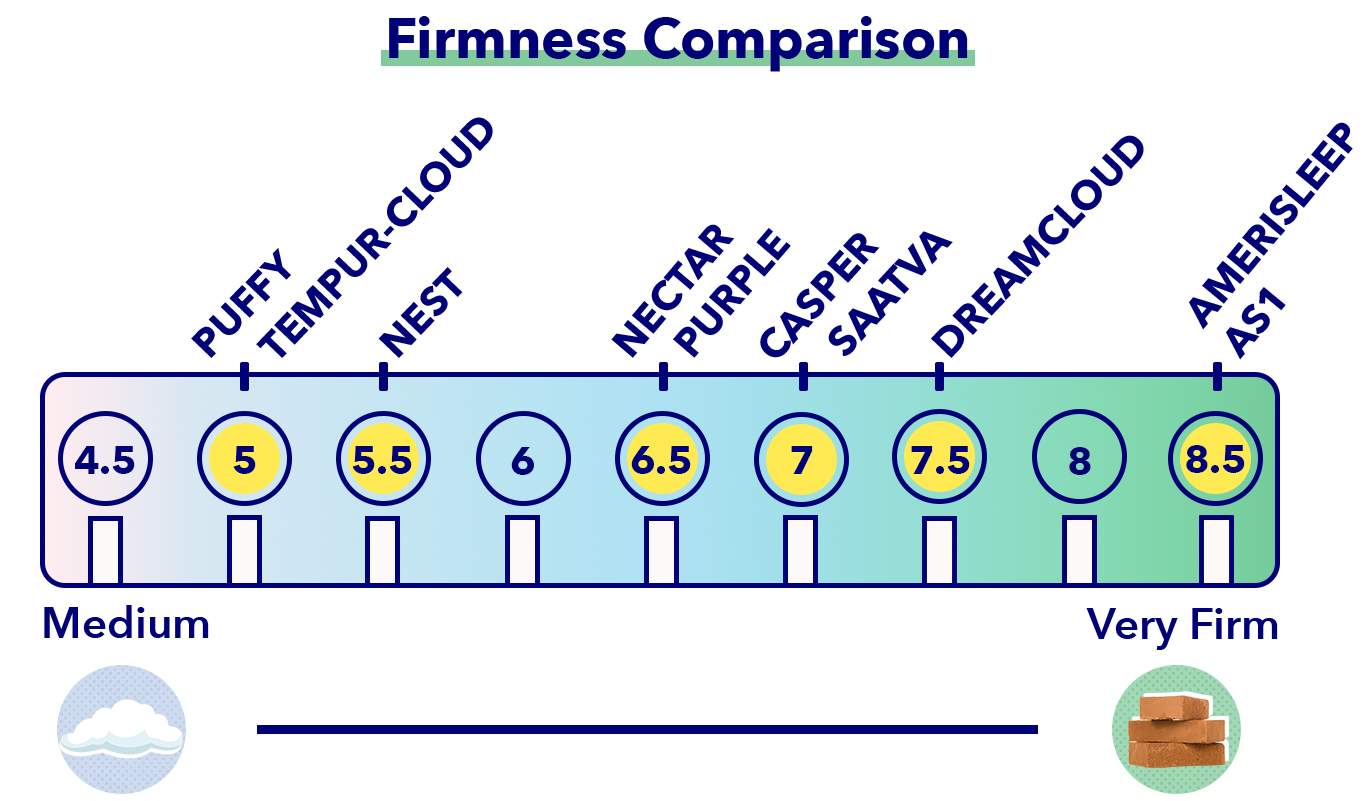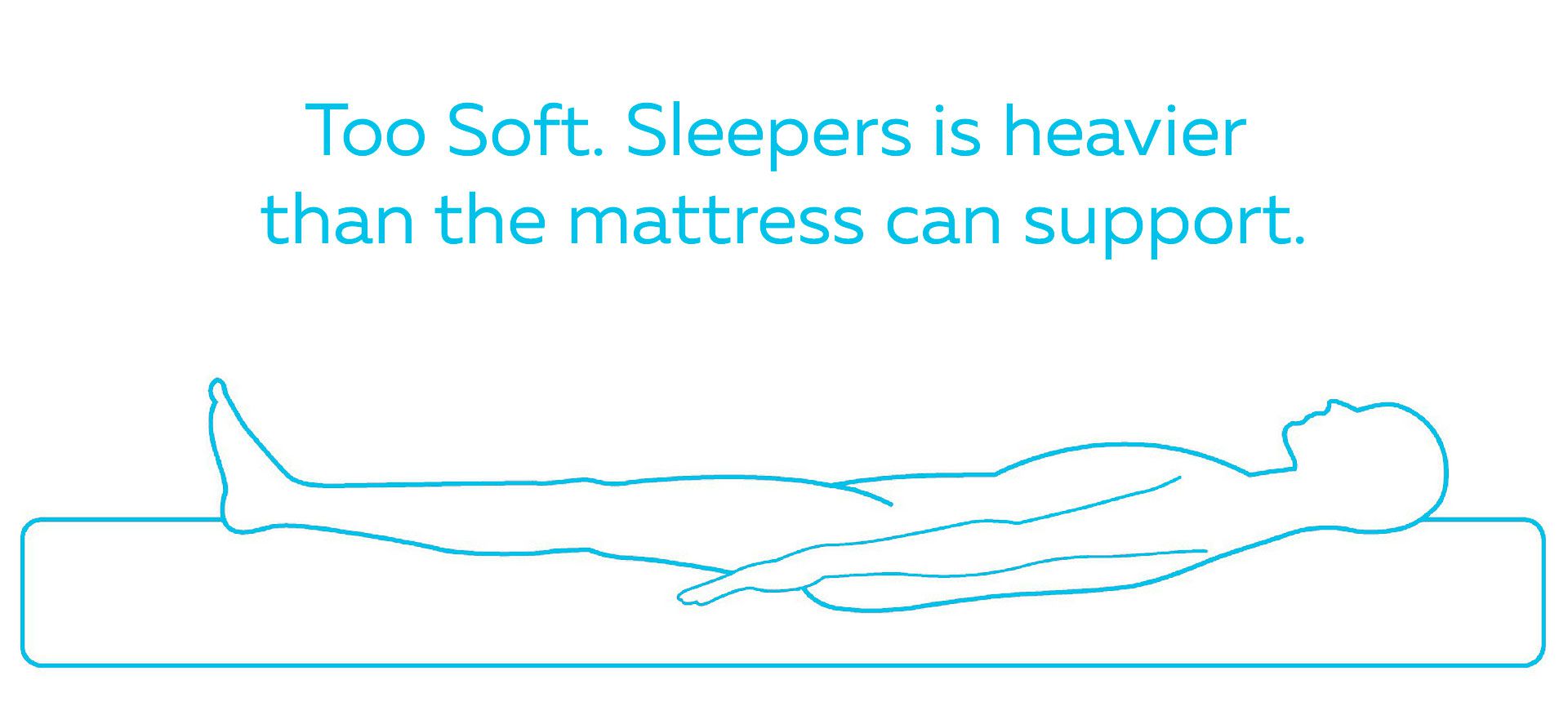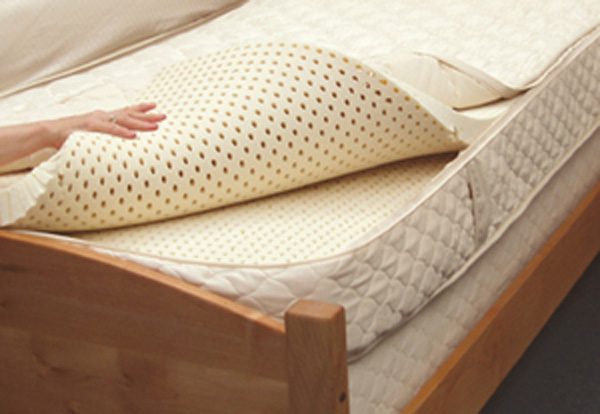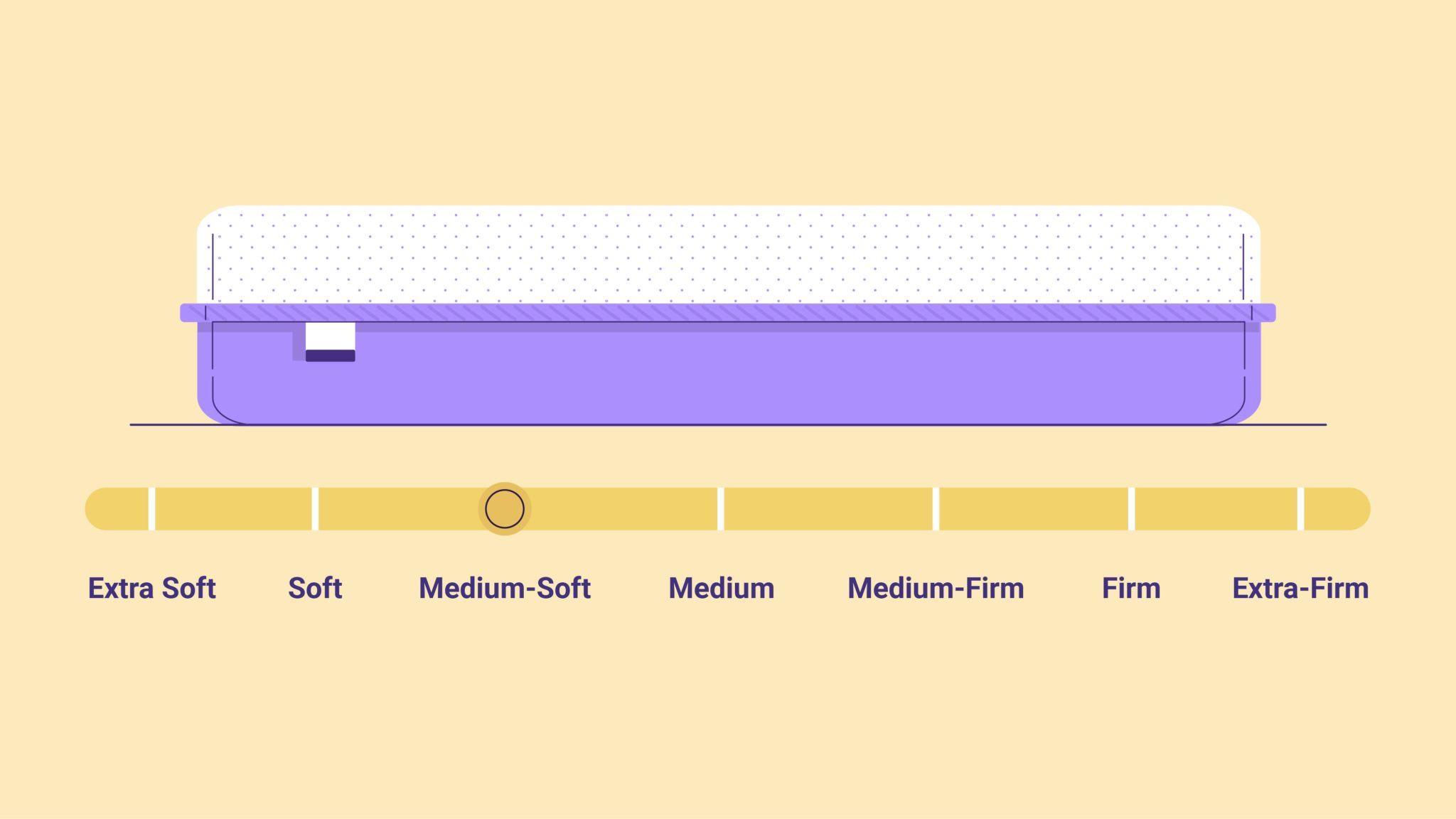What is ILD and How Does it Affect Mattress Firmness?
ILD, or Indentation Load Deflection, is a measurement that determines the firmness of a mattress. It measures the amount of pressure needed to compress a certain area of the mattress by 25%. This measurement is important because it can indicate the level of support and comfort a mattress can provide.
A higher ILD rating means that the mattress is firmer, while a lower ILD rating means that the mattress is softer. This means that ILD is directly related to mattress firmness.
Understanding ILD Ratings for Latex Mattresses
Latex mattresses are known for their high level of comfort and support. However, not all latex mattresses are created equal. ILD ratings can vary depending on the type of latex used and the manufacturing process.
For example, natural latex typically has a higher ILD rating compared to synthetic latex. Additionally, the Talalay process used to create some latex mattresses can result in a lower ILD rating compared to the Dunlop process.
How to Choose the Right Firmness for Your Latex Mattress Based on ILD
Choosing the right firmness for your latex mattress is crucial for a good night's sleep. The ILD rating can help guide you in selecting the right mattress for your needs.
If you prefer a firmer mattress, look for a latex mattress with a higher ILD rating, typically above 30. If you prefer a softer mattress, look for a lower ILD rating, typically below 25. Keep in mind that the ILD rating can also vary depending on the thickness of the mattress.
The Relationship Between ILD and Mattress Firmness
As mentioned earlier, the ILD rating and mattress firmness are closely related. Understanding this relationship is important in choosing the right mattress for your needs.
A higher ILD rating means that the mattress will be more resistant to compression, resulting in a firmer feel. On the other hand, a lower ILD rating means that the mattress will be less resistant to compression, resulting in a softer feel.
Comparing ILD Ratings for Different Types of Latex Mattresses
When shopping for a latex mattress, you may come across different types such as natural, synthetic, and blended latex. Each type may have a different ILD rating.
Generally, natural latex has a higher ILD rating compared to synthetic or blended latex. This is because natural latex is known for its durability and resilience, making it firmer and more supportive.
How to Measure ILD for Latex Mattresses
The ILD rating for a mattress is determined by placing a circular weight on the mattress and measuring the amount of pressure needed to compress the mattress by 25%. This process is repeated in different areas of the mattress to get an average ILD rating.
It is important to note that ILD ratings may vary between manufacturers, so it is best to compare ratings within the same brand or type of mattress.
Factors That Can Affect ILD and Mattress Firmness
While ILD ratings can give you a general idea of the firmness of a mattress, there are other factors that can affect the overall feel and comfort of a mattress.
The thickness of the mattress, the number and type of layers, and even body weight can all impact the firmness of a latex mattress. It is important to consider these factors when choosing a mattress based on ILD ratings.
Using ILD to Determine the Firmness of a Latex Mattress
ILD ratings can be a helpful tool in determining the overall firmness of a latex mattress. However, it is important to consider the type of latex, the manufacturing process, and other factors that can affect the firmness.
Additionally, personal preferences and sleeping positions should also be taken into account when using ILD to determine the firmness of a latex mattress.
The Ideal ILD Range for Different Sleeping Positions
Different sleeping positions require different levels of support and comfort from a mattress. The ideal ILD range for a mattress can vary depending on your preferred sleeping position.
For side sleepers, a softer mattress with an ILD rating of 20-25 is recommended to provide proper pressure relief for the shoulders and hips. Back sleepers may prefer a medium-firm mattress with an ILD rating of 25-30 for optimal support. And for stomach sleepers, a firmer mattress with an ILD rating of 30-35 is recommended to prevent the hips from sinking too much.
How to Adjust ILD to Achieve Your Desired Mattress Firmness
If you find that your mattress is too firm or too soft for your liking, there are ways to adjust the ILD and achieve your desired level of firmness. Adding a mattress topper or changing the type of latex used in the mattress can help adjust the ILD rating.
It is important to note that these adjustments may affect the overall feel and comfort of the mattress, so it is best to consult with a mattress expert before making any changes.
In conclusion, ILD ratings play a crucial role in determining the firmness of a latex mattress. By understanding how ILD affects mattress firmness and considering other factors, you can choose the right mattress that provides the perfect balance of comfort and support for a good night's sleep.
The Importance of Firmness in Latex Mattresses

What is ILD and Why Does it Matter?
 When it comes to purchasing a mattress, there are many factors to consider. However, one of the most important aspects is the firmness of the mattress. Firmness is often measured by a unit called Indentation Load Deflection (ILD), which is a measure of how much weight is needed to compress a certain area of the mattress. In the case of latex mattresses, ILD is a crucial factor in determining the overall comfort and support of the mattress.
Latex mattresses are known for their superior firmness and support, making them a popular choice among consumers looking for a comfortable and durable mattress.
ILD plays a significant role in the firmness of a latex mattress, as it determines the level of support and pressure relief provided. The higher the ILD, the firmer the mattress, and vice versa. This makes ILD a crucial factor to consider when choosing the right latex mattress for your needs.
When it comes to purchasing a mattress, there are many factors to consider. However, one of the most important aspects is the firmness of the mattress. Firmness is often measured by a unit called Indentation Load Deflection (ILD), which is a measure of how much weight is needed to compress a certain area of the mattress. In the case of latex mattresses, ILD is a crucial factor in determining the overall comfort and support of the mattress.
Latex mattresses are known for their superior firmness and support, making them a popular choice among consumers looking for a comfortable and durable mattress.
ILD plays a significant role in the firmness of a latex mattress, as it determines the level of support and pressure relief provided. The higher the ILD, the firmer the mattress, and vice versa. This makes ILD a crucial factor to consider when choosing the right latex mattress for your needs.
Why Firmness Matters in Latex Mattresses
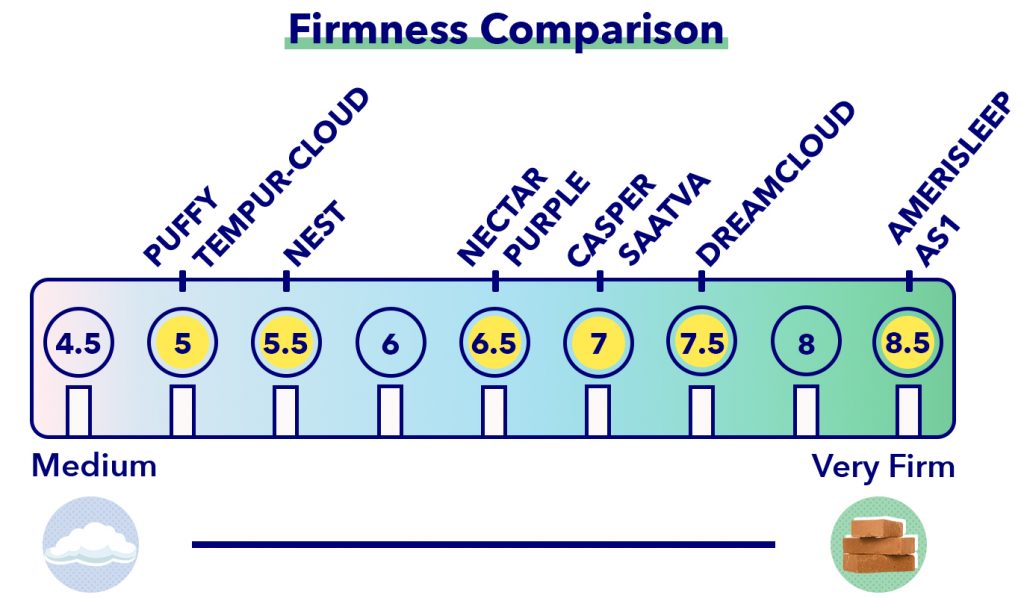 The firmness of a mattress is directly related to the level of support it provides. A firm mattress is essential for maintaining proper spinal alignment, which is crucial for reducing back pain and promoting healthy sleep. A latex mattress with the right ILD can provide the necessary support to keep your spine properly aligned, leading to a deeper and more restful sleep.
Furthermore, a latex mattress with the right firmness can also provide pressure relief.
By evenly distributing your body weight, a firm latex mattress can alleviate pressure points and reduce the risk of developing aches and pains.
This is especially beneficial for those who suffer from chronic pain or have a history of back problems.
The firmness of a mattress is directly related to the level of support it provides. A firm mattress is essential for maintaining proper spinal alignment, which is crucial for reducing back pain and promoting healthy sleep. A latex mattress with the right ILD can provide the necessary support to keep your spine properly aligned, leading to a deeper and more restful sleep.
Furthermore, a latex mattress with the right firmness can also provide pressure relief.
By evenly distributing your body weight, a firm latex mattress can alleviate pressure points and reduce the risk of developing aches and pains.
This is especially beneficial for those who suffer from chronic pain or have a history of back problems.
Finding the Right Firmness for You
 When it comes to ILD and firmness, there is no one-size-fits-all approach. The ideal firmness level for a latex mattress will vary depending on individual preferences and needs. However, as a general rule,
a firmness level of 25-30 ILD is recommended for those who prefer a firmer mattress, while a softer level of 19-24 ILD is suitable for those who prefer a softer feel.
It is essential to try out different ILD levels to find the one that best suits your body and sleeping style.
In conclusion, the firmness of a latex mattress is a crucial factor that should not be overlooked. With the right ILD, a latex mattress can provide the perfect balance of support and comfort, leading to a better night's sleep and improved overall well-being. Consider your individual needs and preferences when choosing the firmness level for your latex mattress, and don't be afraid to test out different options to find the perfect fit.
When it comes to ILD and firmness, there is no one-size-fits-all approach. The ideal firmness level for a latex mattress will vary depending on individual preferences and needs. However, as a general rule,
a firmness level of 25-30 ILD is recommended for those who prefer a firmer mattress, while a softer level of 19-24 ILD is suitable for those who prefer a softer feel.
It is essential to try out different ILD levels to find the one that best suits your body and sleeping style.
In conclusion, the firmness of a latex mattress is a crucial factor that should not be overlooked. With the right ILD, a latex mattress can provide the perfect balance of support and comfort, leading to a better night's sleep and improved overall well-being. Consider your individual needs and preferences when choosing the firmness level for your latex mattress, and don't be afraid to test out different options to find the perfect fit.
